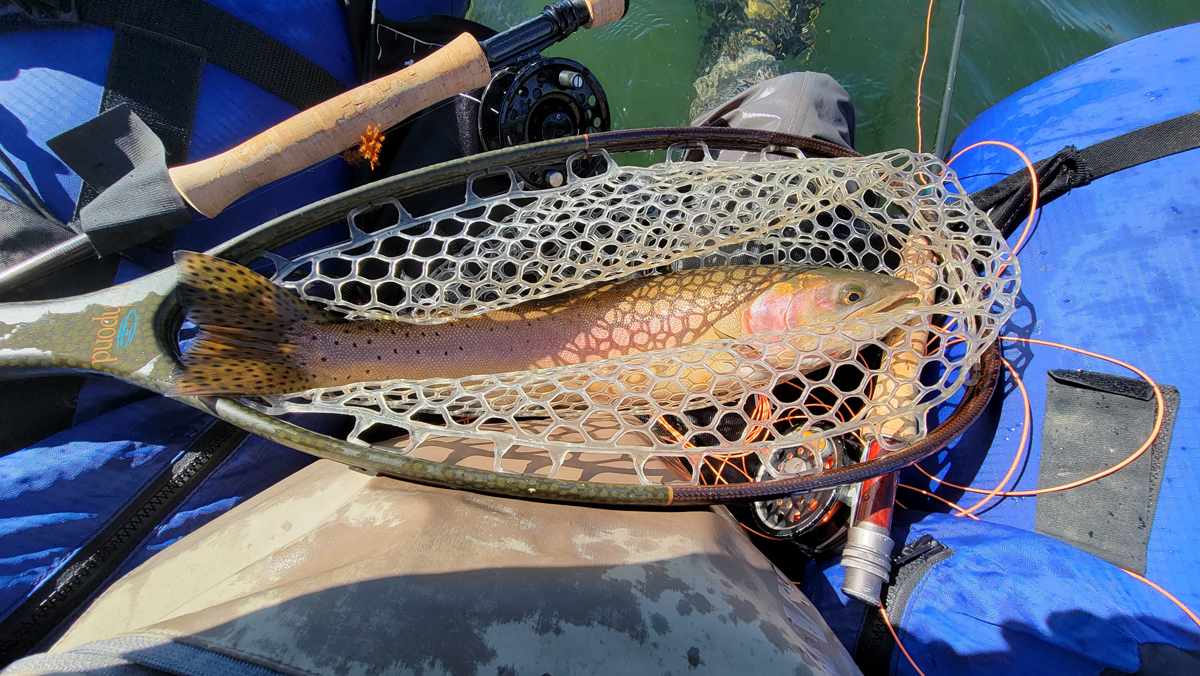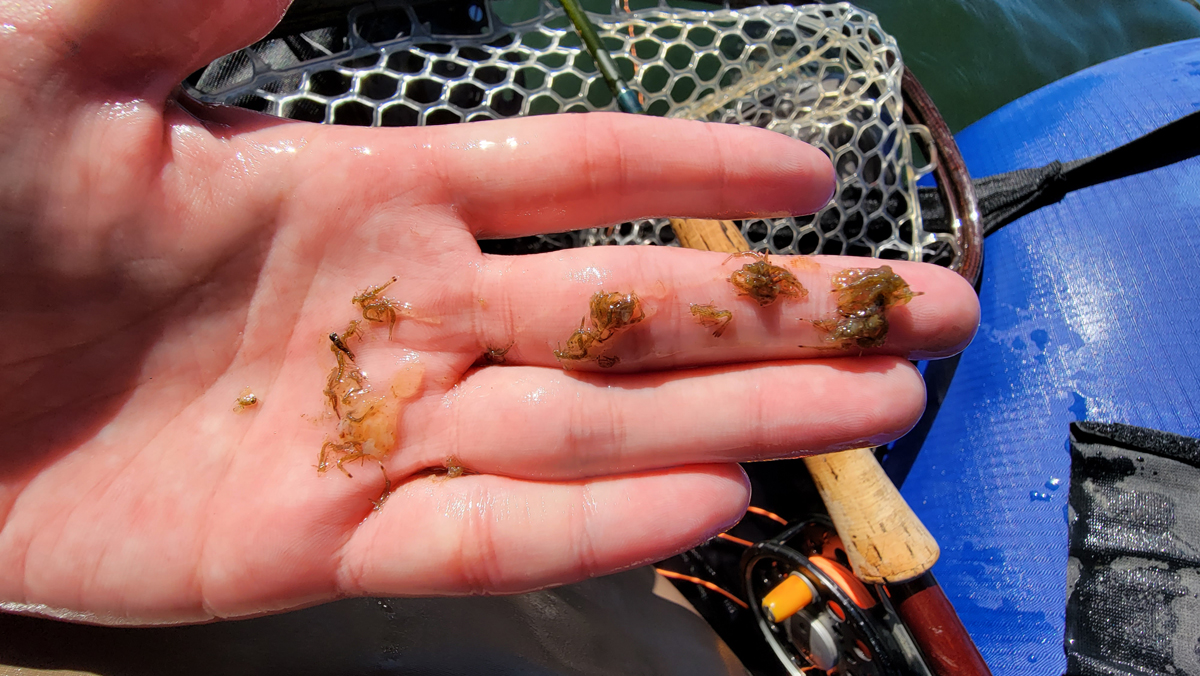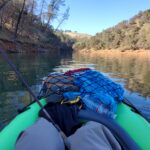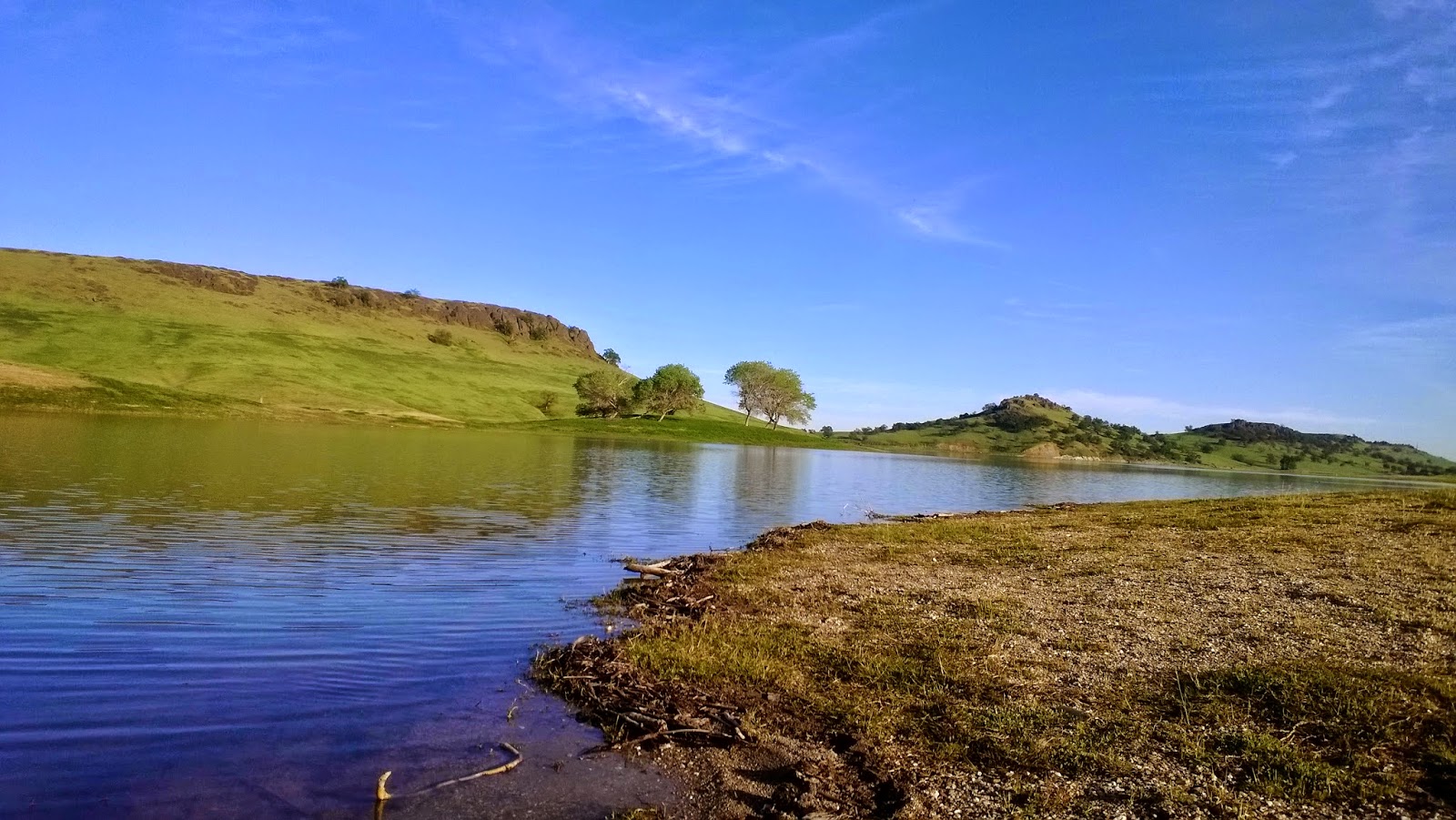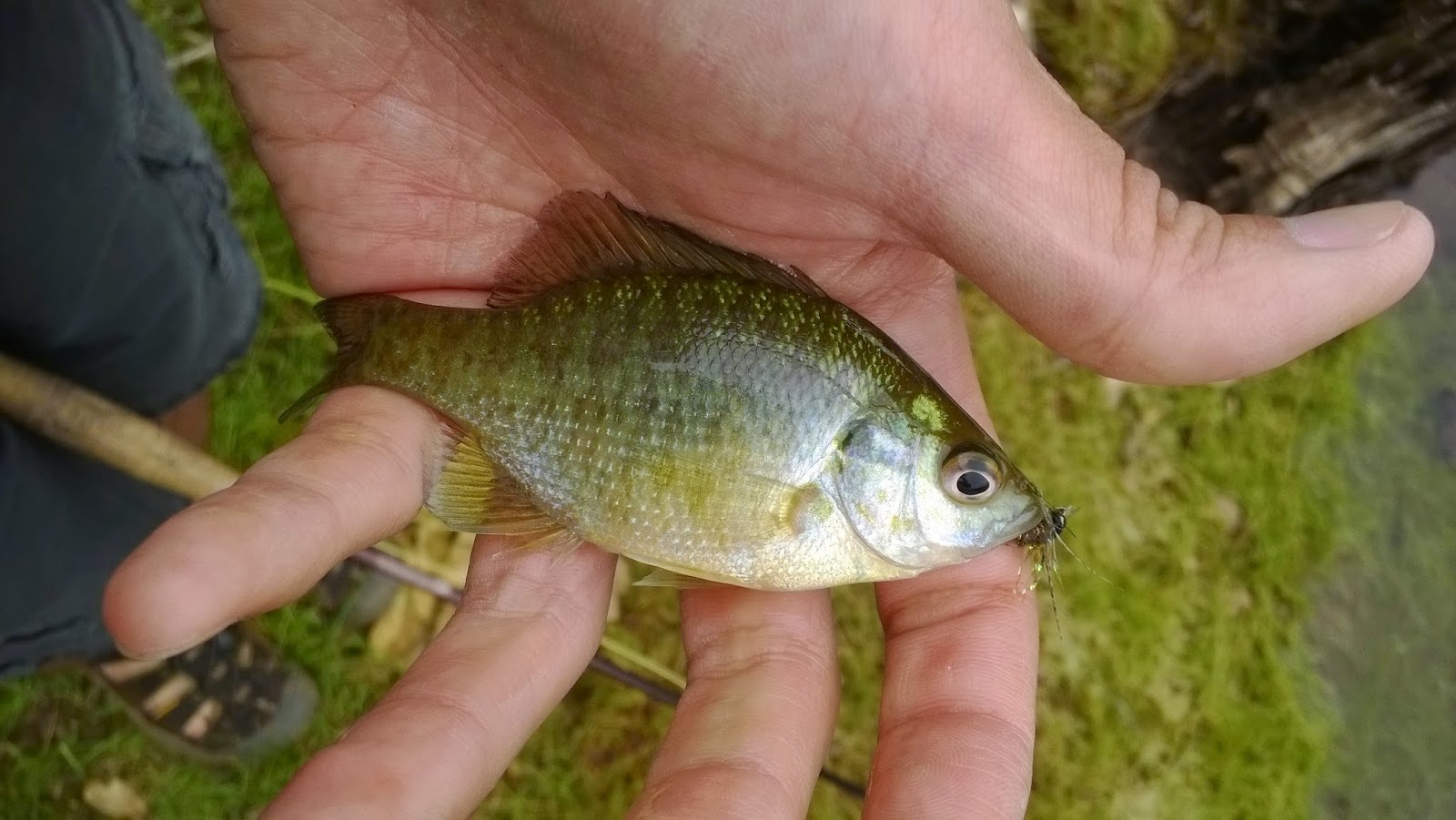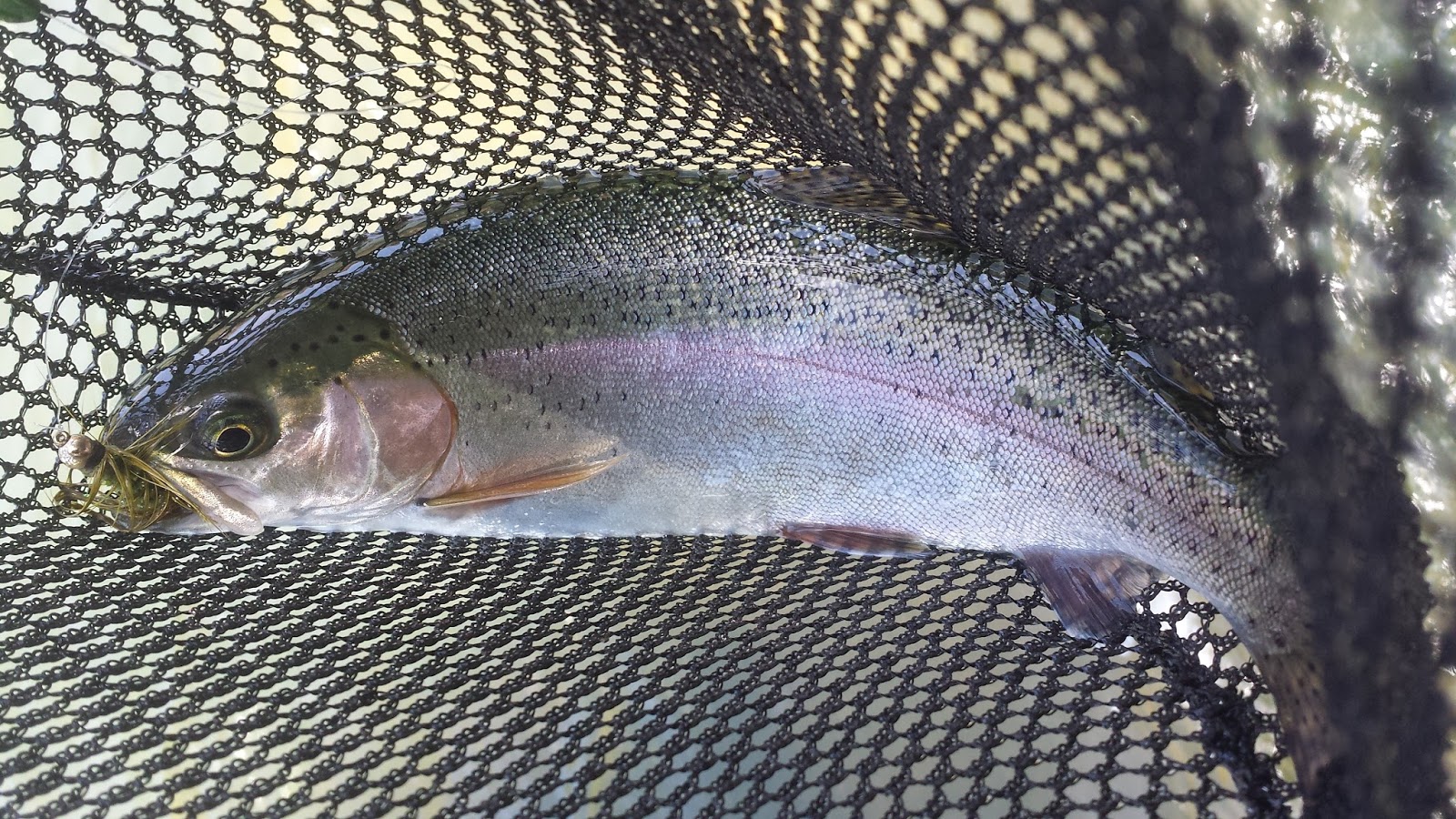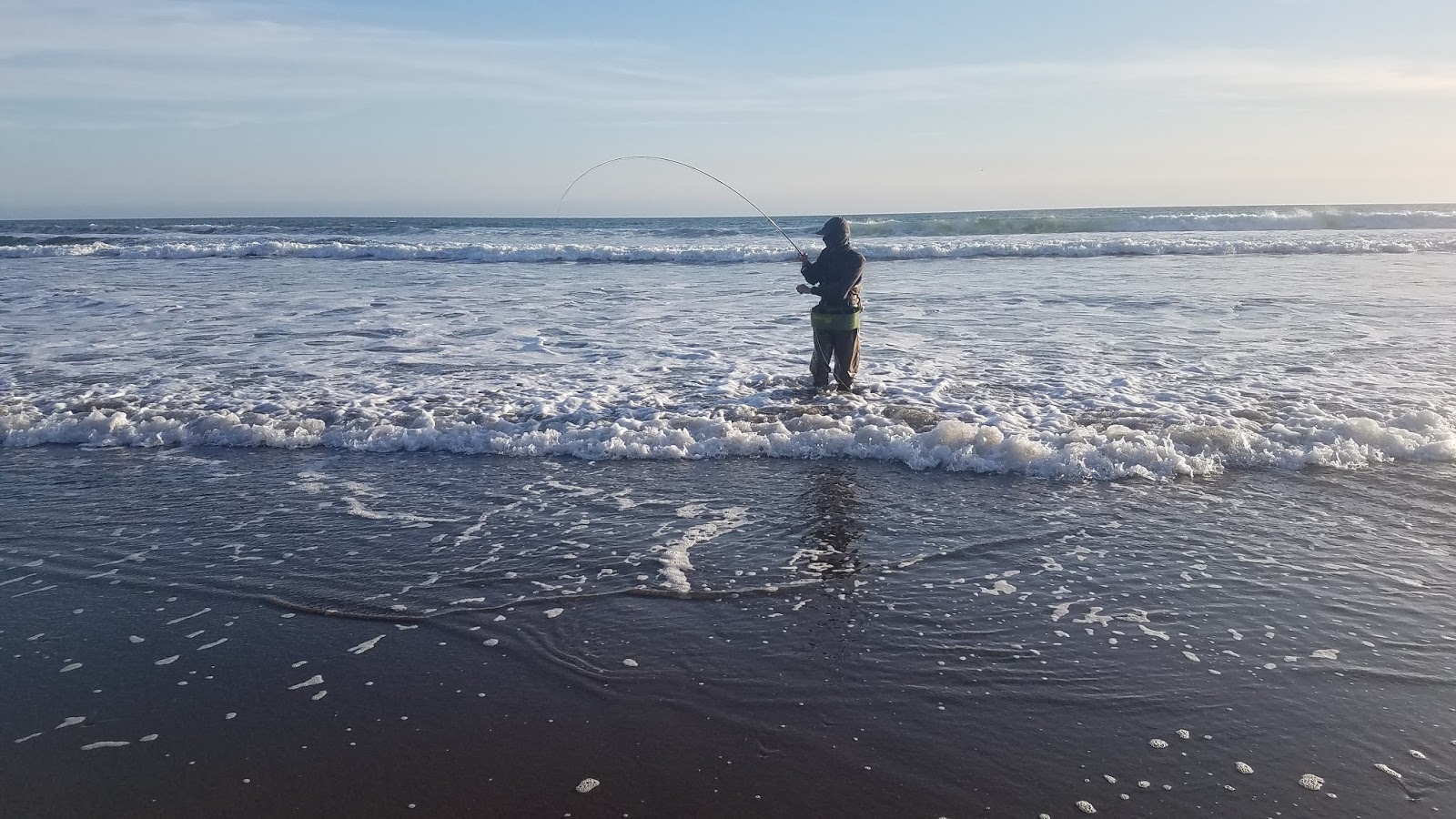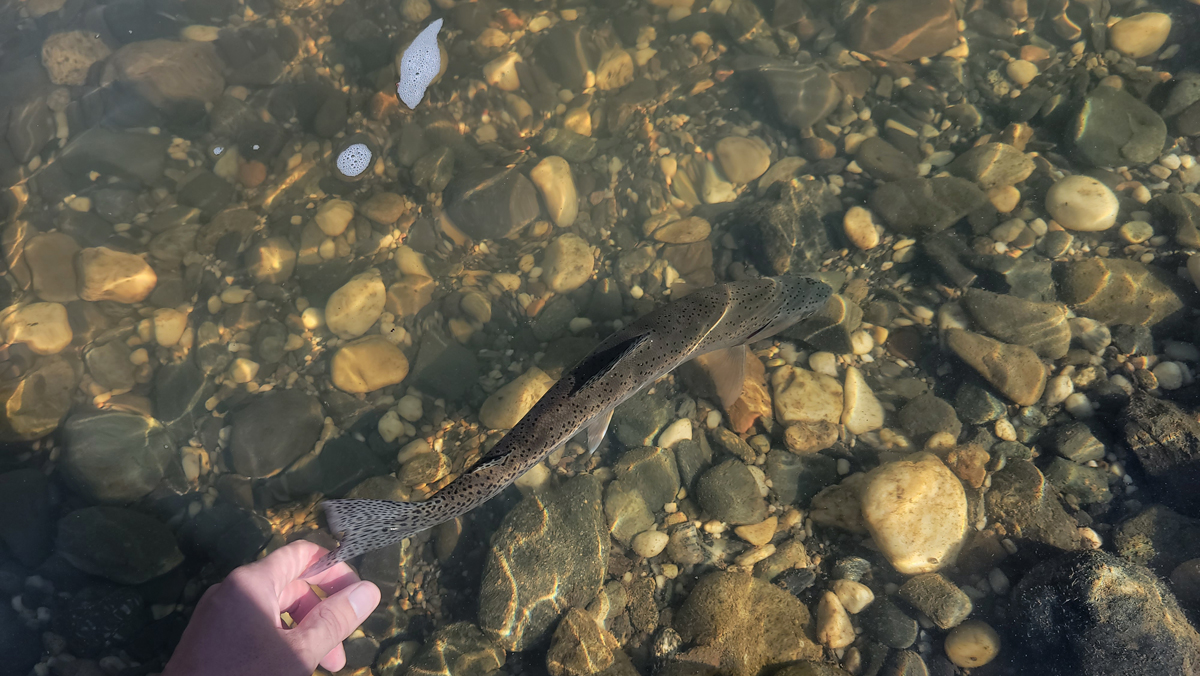
October 25th marked the first fall rain spell of the year and saying it poured would be an understatement. A record breaking 5 inches of rain in a single day was measured for the Sacramento area flooding the valley with much needed precipitation. All of the local rivers received a nice flush washing away the nasties like algae and silt and bringing in the goodies, salmon.
The bomb cyclone blew out the Yuba River with flows of up to +10,000 CFS. I’ve fished the Yuba a few times since the blow out and the fishing has been fair. A lot of other anglers seem to have the Yuba on their minds as well as the river has been pretty crowded. The salmon that were stuck downstream due the drought are now scattered throughout the Yuba and the word is out that the native rainbows are on eggs. The egg bite attracts a lot of people and with so many people on the water the fishing can be tough especially on super bright sunny days. My strategy on foot is to either hit the best water before anyone else does in the morning or fish spots that are overlooked. I’ve managed to hook into several fish throughout the day but had to work hard to find them. Most of the fish were taken on egg patterns but I’ve had some grabs on BWO nymphs and Jimmy Leg Stones.
There’s usually a good BWO hatch this time of year in the morning and noon but I have a feeling they were flushed down during the bomb cyclone. I’ve seen a few BWOs come off at noon but haven’t seen any fish looking up for them. The river is still a bit tinted but getting clearer and clearer with each passing day. Hopefully once it clears the fish will start looking up and we can get into some decent dry fly fishing.
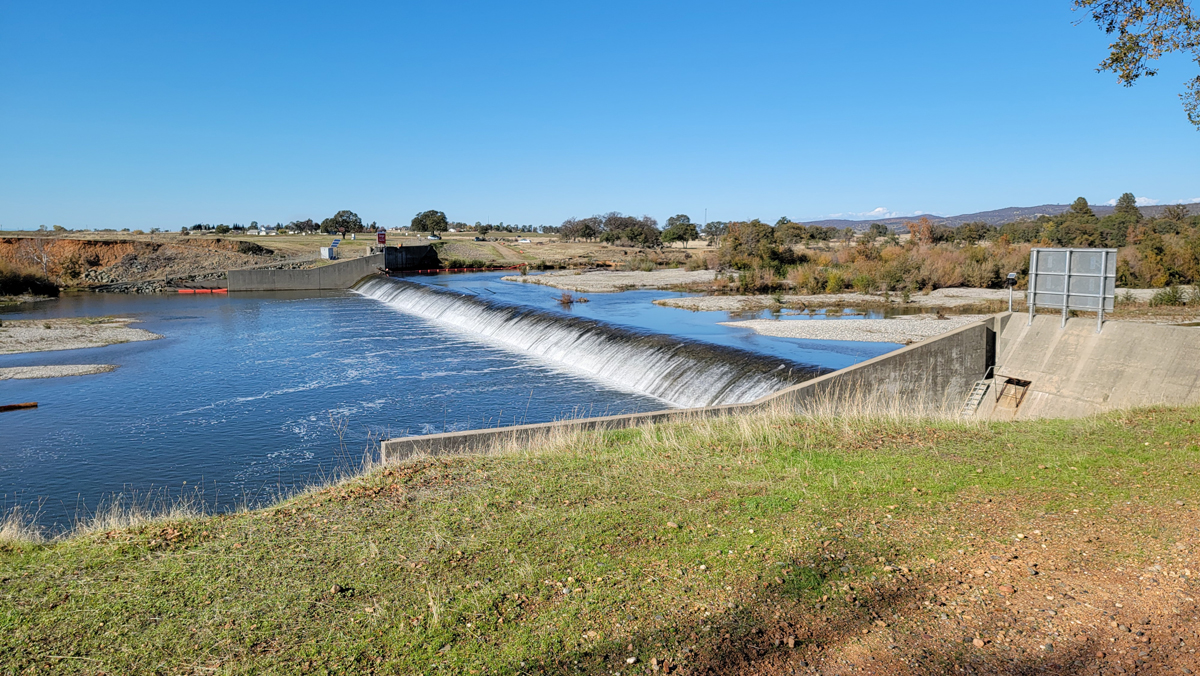
I was finally able to explore the rest of the Yuba River below Hammond Grove down to Daguerre Dam with my Alpacka raft during one of my trips. There doesn’t seem to be a whole lot of good water below Hammond Grove at lower >800CFS flows but the fact that most of it doesn’t receive a lot of pressure makes it a good alternative for when the river is crowded.

